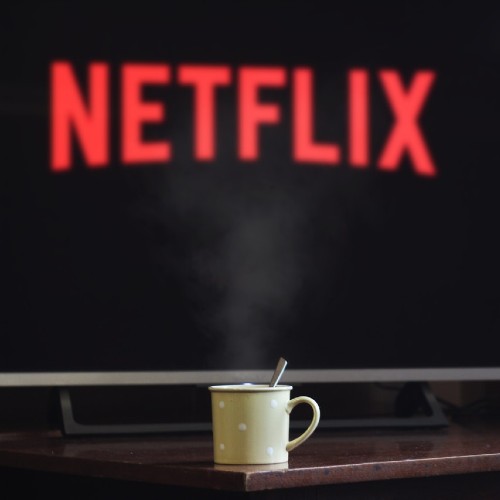 Are you considering alternatives to your traditional cable plan, but don’t know where to start? Cord-cutting, as it’s become known, has many potential cost benefits, but it’s important for you to do your research before severing ties with your cable provider. The library has many free tools to help you make a decision based on your household’s enjoyment of movies and TV shows.
Are you considering alternatives to your traditional cable plan, but don’t know where to start? Cord-cutting, as it’s become known, has many potential cost benefits, but it’s important for you to do your research before severing ties with your cable provider. The library has many free tools to help you make a decision based on your household’s enjoyment of movies and TV shows.
High-Speed Internet Connection
Before going the cord-cutter route, you need to check the speed of your home’s internet connection and wireless router. You’ll need an internet speed of at least 8 megabits per second (Mbps) for standard high quality video. Additionally, Consumer Reports recommends investing in a Wi-Fi 5 (802.11ac) router so that your high-speed internet is efficiently broadcast throughout your home. The most direct method of confirming your internet speed and router model is to call your internet service provider.
Streaming Media Devices
Next, you’ll want to examine the type of device you’ll be using to stream movies and TV shows. Perhaps you already have a television with built-in Wi-Fi, also known as a smart TV. If so, that may be all you need to get started.
If you have an older television, you can purchase an Amazon Fire TV Stick, Apple TV or a Chromecast or Roku Streaming Stick. These work similarly to a USB drive, but plug directly into your television’s HDMI input and then connect to your home’s Wi-Fi. They typically range in price from $50-$180. Those that are more expensive typically come with enhanced features such as voice and gesture controls, smart home integration (think Alexa, Google Home or Siri), faster video processors and higher video resolution.
The library provides cardholders with free access to Consumer Reports’ streaming media buying guide through our website. Don’t have a library card? Apply for one online!
Streaming Media Services
Finally, you have to download “channels” to your device, similar to how you download apps to your smartphone. There are many channels that provide free content, though most require a subscription fee. Among the most popular streaming video services are Netflix, Hulu, Amazon Prime Video, Sling TV and Disney+.
The library offers patrons free streaming movies and TV shows through our Kanopy and Hoopla services. To log in, all you need is a DBRL library card.
Pros and Cons
Even with recent price hikes, streaming video services can be more budget-friendly, particularly if you don’t watch shows on premium cable networks like HBO or Starz. Streaming video providers are also upfront about the cost of their service and there are typically no confusing or unexpected fees.
Of course, if you subscribe to multiple streaming services you will have multiple bills to manage. Live local broadcasts aren’t available through every streaming video provider. For example, Sling TV doesn’t provide access to CBS. You may also be limited in the number of users who can access the service at one time. For example, the basic Netflix subscription doesn’t allow more than two users to simultaneously watch movies. In the end, it might be more cost effective for you to stay with your cable provider based on the networks you enjoy watching.


